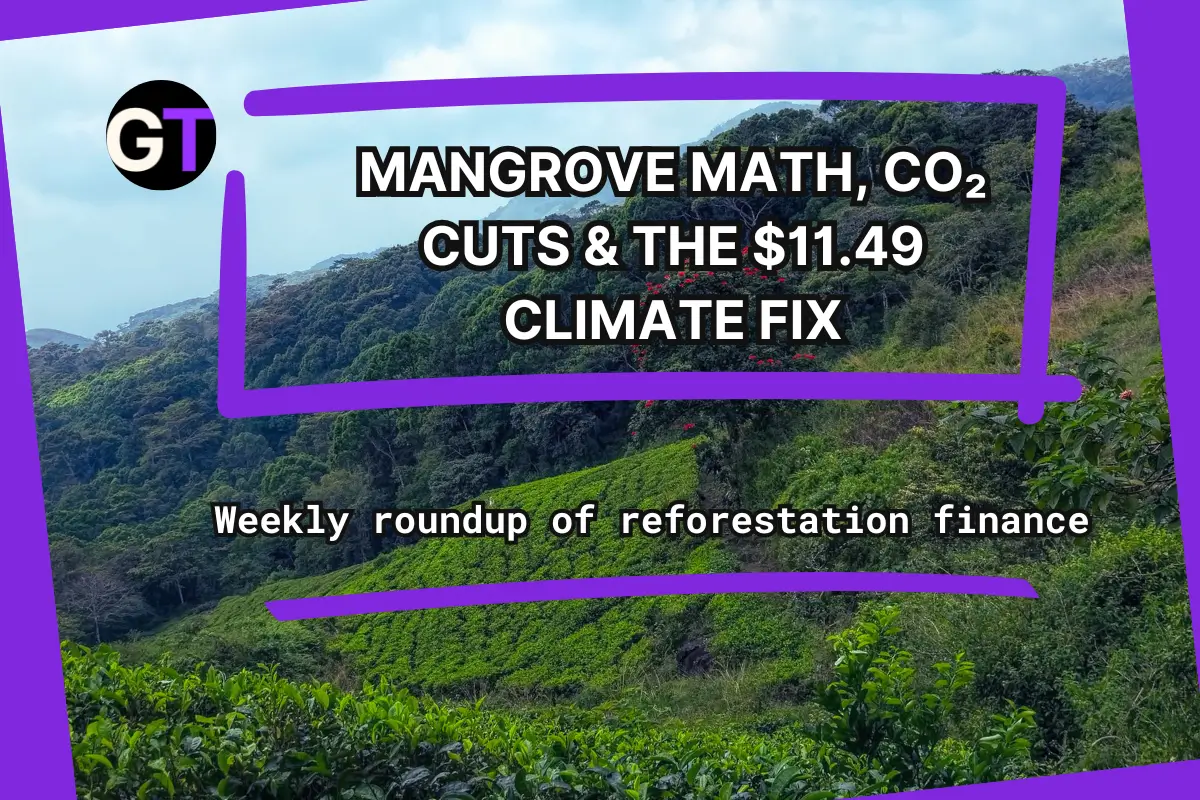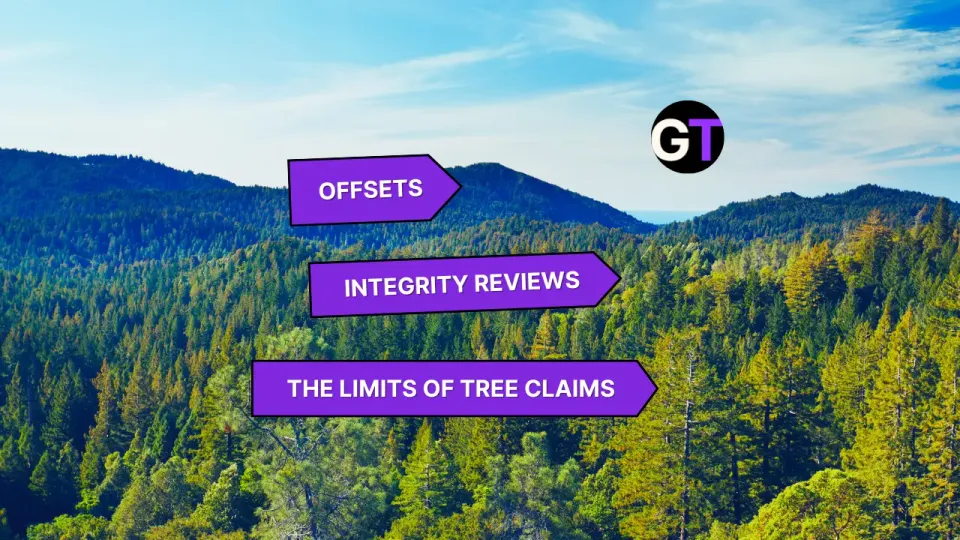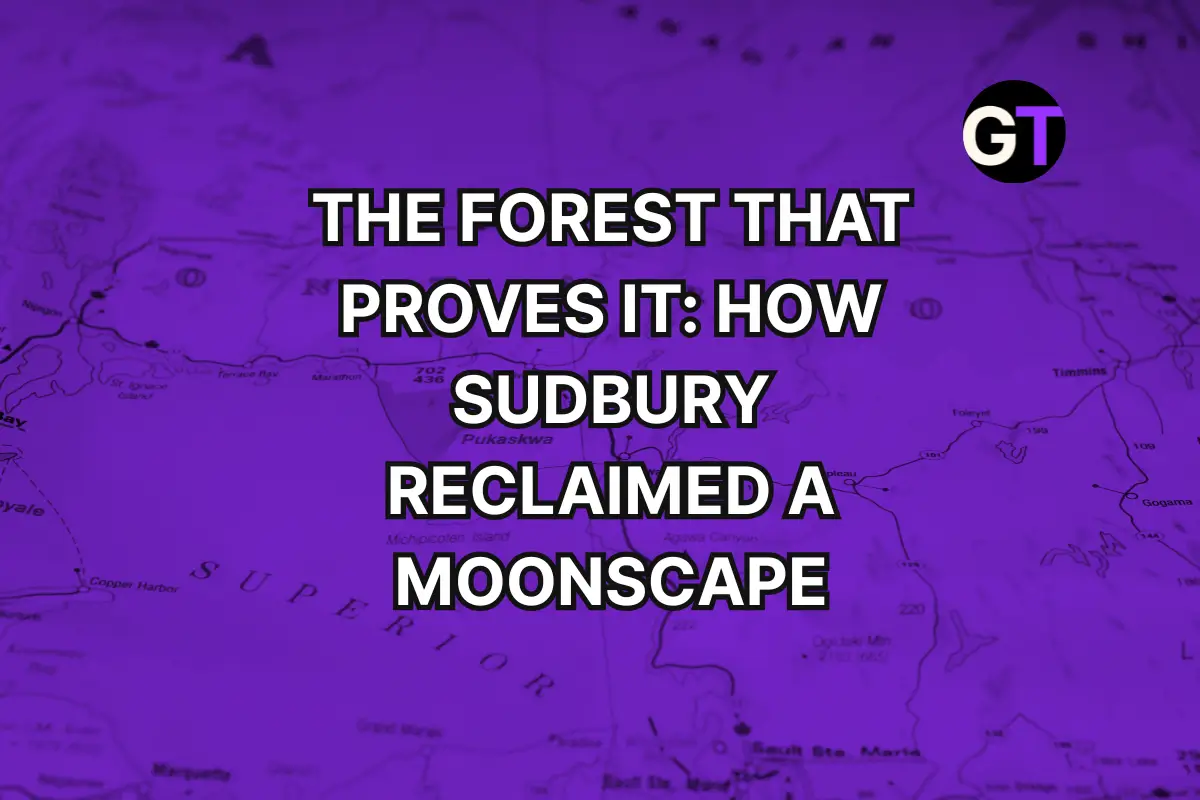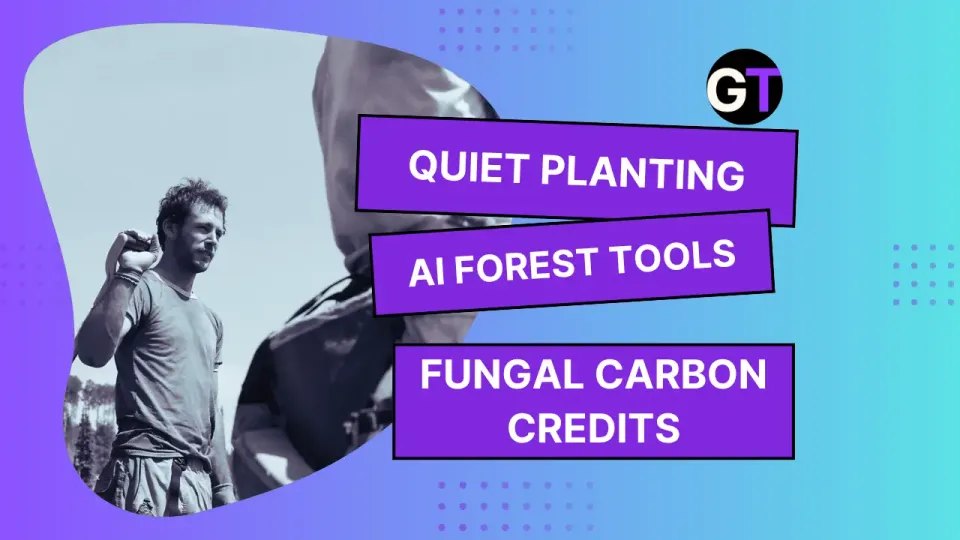Mangrove Math, CO₂ Cuts & the $11.49 Climate Fix
Nature credits, carbon cash & the fight over one tree's resume

Mapping the Cost of Mangrove Restoration
A new study maps the global cost of restoring mangroves and finds it could be one of the most cost-effective climate solutions available. Restoring 1.1 million hectares of mangroves could remove 0.93 billion tons of CO₂ at an average cost of just $11.49 per ton, with most of the potential concentrated in countries like Indonesia, Brazil, Mexico, Myanmar, and India. The researchers analyzed 249 projects across 25 countries and created a global map to help funders and policymakers target high-impact, low-cost restoration opportunities.
💬 Could better cost data help drive faster investment in natural climate solutions?
👉👉 Read the full study in One Earth
The EU’s Nature Credits Roadmap
The European Commission just unveiled its plan to kickstart a market for Nature Credits—financial tools that reward landowners, farmers, and fishers for protecting biodiversity. By certifying and monetizing actions like wetland restoration or pollinator-friendly farming, the EU hopes to attract private investment, reduce nature-related financial risks, and close a €65 billion-per-year biodiversity funding gap. Think carbon credits, but for ecosystems.
💬 Can putting a price on nature finally make conservation pay?
👉👉 Read the full roadmap via the European Commission
$29 Million for Bay Restoration Projects
Maryland’s Chesapeake and Atlantic Coastal Bays Trust Fund just dropped $29 million on 27 restoration projects across 160 sites in a full-court press for cleaner water and climate resilience. The lineup includes everything from streamside tree buffer plantings and wetland creation to living shorelines and green corridors. Highlights? The Oyster Recovery Partnership is restoring oyster reefs that’ll double as nutrient pollution credits, Washington College is reviving native grasslands and wetlands across six counties, and Prince George’s County is turning medians into eco-filters. Altogether, these projects aim to stop nearly 90,000 pounds of nitrogen and 11,000 tons of sediment from choking the Chesapeake.
💬 How important is public data and oversight in making sure these restoration dollars deliver real results, not just good press?
👉👉 Read the full breakdown via WhatsUpMag and check out the full project list from DNR
Three Funders, One Tree: Inside Reforestation’s Double-Counting Dilemma
Tree gets planted. Three funders claim it. Welcome to the murky math of reforestation, where ESG dashboards, government pledges, and nonprofit reports can all point to the same sapling. A sharp new deep-dive unpacks how “blended finance” and vague attribution systems turn real climate action into a blur of overlapping claims. The outcome? Inflated impact metrics and accountability that’s as fuzzy as the tree canopy.
💬 Can better tracking systems bring real transparency to nature-based climate finance?
👉👉 Read the full investigation via Ground Truth
Room to Grow: Brazil’s $141B Reforestation Opportunity
A new report from Orbitas reveals that reforesting degraded pastureland in Brazil could unlock up to USD 141 billion in value and create 350,000 full-time jobs annually over the next 30 years. With nearly 60 million hectares—an area the size of France—ripe for restoration, the economic and climate case is compelling. Four key drivers—rising ag productivity, policy alignment, restoration profitability, and innovative finance—are aligning to make large-scale reforestation not just possible, but lucrative.
💬 Can Brazil turn pasture into profit and climate progress?
👉👉 Read the full report via Orbitas
Côte d’Ivoire Bets Big on Reforestation with Finance Tied to Forest Goals
Côte d’Ivoire just launched an ambitious Sustainability-Linked Finance (SLF) Framework that ties the nation’s borrowing costs to its environmental performance—including a bold pledge to reforest 1 million hectares by 2030. In partnership with the World Bank, the framework uses a carrot-and-stick approach: meet targets, get better interest rates; fall short, pay more. With forests front and center, the plan aims to not only reduce deforestation but catalyze green jobs and climate resilience.
💬 Will this high-stakes finance model finally bridge the gap between climate ambition and forest restoration delivery?
👉👉 Read the full announcement via the World Bank
Six Reasons Urban Adaptation Finance Fails Cities in the Global South
Urban areas are on the climate frontlines—but adaptation funding is barely trickling in. While global cities received around $831 billion for climate projects in 2021–22, just $10 billion went to adaptation—only $6 billion landed in emerging and developing economies. The gap stems from weak national integration of urban needs, poor multi-level coordination, small-scale projects that don’t meet investor thresholds, and limited municipal creditworthiness—even parametric insurance often falls short. Yet hope remains: blended finance, pooled procurement, ecosystem service payments, and municipal revenue strategies could help shift the tide.
💬 So here’s the question: What would you contribute to fix the system—and what’s still missing from the adaptation finance toolkit?
👉👉 Read the full column via Climate Policy Initiative
Can Mango Trees Save the Climate—and the Economy?
In the mango-loving heartlands of Jharkhand, farmers are turning barren plots into climate goldmines—literally. Thanks to the Birsa Harit Gram Yojana (BHGY), 30,000+ smallholders have planted fruit and timber trees with the promise of long-term payouts from carbon markets. Enter: carbon finance, where satellite-verified tree growth equals annual income (₹60,000 over 20 years, to be precise). Funded by Dutch bank Rabo and tracked via ACORN, the scheme blends tech, trees, and trust—though not without a few digital signature side-eyes. With plans to scale to 125,000 farmers, this is agroforestry with a business model. Still, experts warn: keep those trees alive, or the climate math falls flat.
💬 Can carbon cash and mango groves really future-proof small farms?
👉👉 Read the full story via Mongabay India

Edited by Chris Harris

This work is licensed under a
Creative Commons Attribution 4.0 International License.





